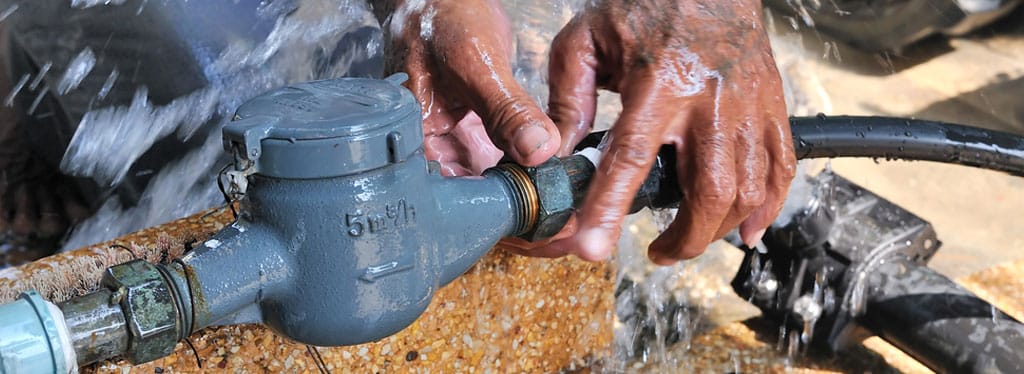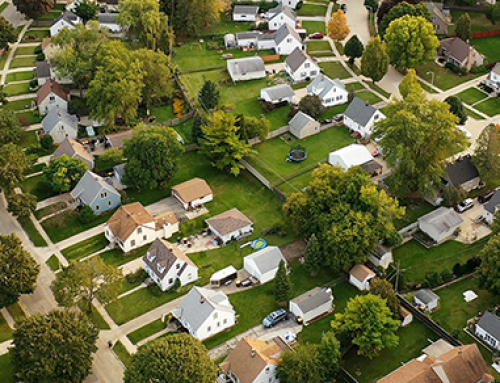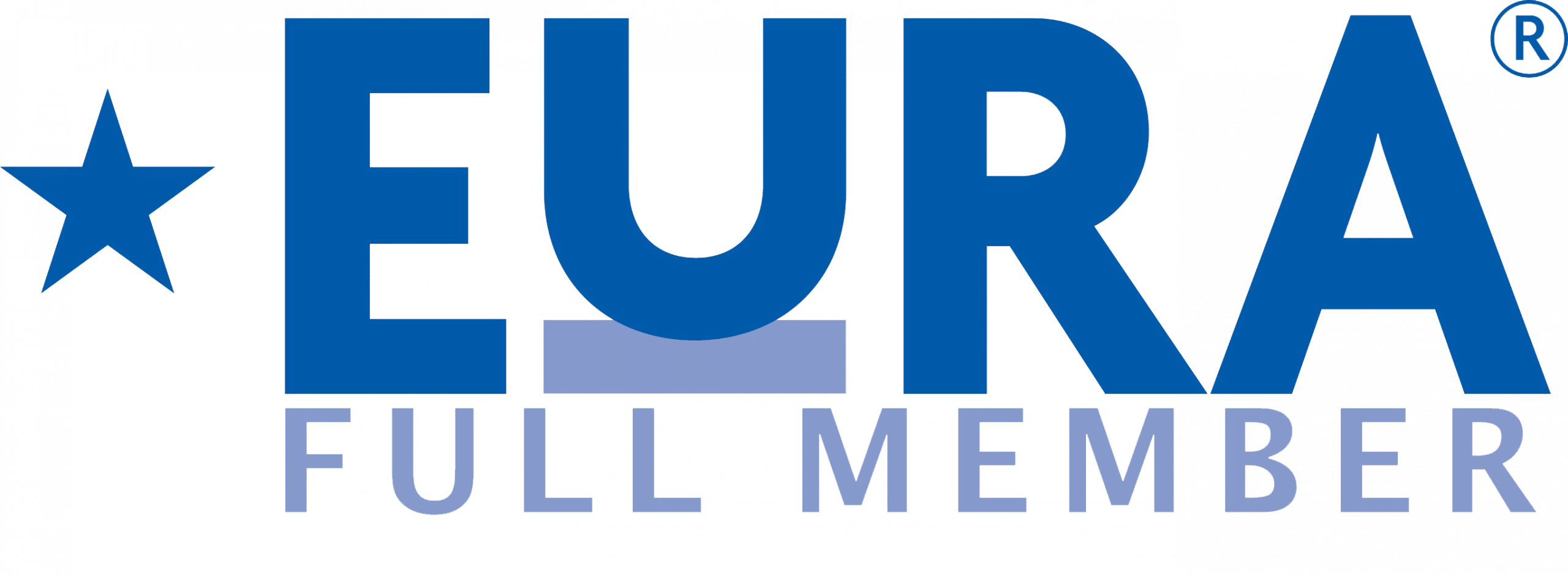
It’s a Plumbing Thing: Polybutylene Piping
Beginning in the mid‐1970’s through the mid‐1990’s, polybutylene (“Poly‐B”) pipe plumbing systems were touted as the pipe of the future. Inexpensive and flexible, Poly‐B was viewed as an alternative to traditional copper piping. Sadly, faith in Poly‐B was misplaced as it began to fail at a rapid rate causing, in some cases, catastrophic flooding and damage to homes in which it was installed. In one oft‐noted case, Poly‐B lines failed while the homeowners were away. The resulting 27,000 gallons of water caused damages in excess of $138,000. While homeowner’s insurance may cover the damage caused by the flood, it will not cover the failed plumbing or pay the exorbitant water bill and may result in increased premiums or outright cancellation/non‐renewal of insurance coverage.
IDENTIFYING POLY-B PIPES
Poly‐B is a form of plastic resin, used in both interior and exterior plumbing systems. Typically grey in color (although it may be other colorsi), it is generally marked with the legend “PB” and more commonly “PB 2110.” Poly‐B is highly flexible, used only for potable (drinkable)
water (not so‐called “grey waterii”) and can be found in areas that are easily visible – water heater, sink/toilet/tub connections and adjoining ceiling joists in unfinished basement areas. Fittings may be traditional copper, resin, or some other material.
ISSUES WITH POLY-B PIPES
Over time, chemicals, particularly chlorine and chloramine compounds in municipal water (often deliberately added to retard bacterial growth), will cause deterioration of the internal chemical structure of Poly‐B piping and fittings. The reaction with chlorinated water appears to be greatly accelerated by expansion and contraction over time and is most often observed in material under the highest mechanical stress such as at fittings, sharp bends, and kinks. Localized stress, whitening of the material, generally accompanies and precedes decomposition of the polymer. In extreme cases, this stress‐activated chemical ʺcorrosionʺ can lead to thorough perforation and leakage within a few years, but it also may not fail for decades. There have been anecdotal reports of insurance companies being unwilling to insure homes constructed with Poly‐B piping.
Failure occurs due to degradation from within. The chemicals in water react with the polymer until it begins to crack and spring leaks. Once failure begins, it can lead to catastrophic failure. In a 2005 class-action case, Cox v. Shell Oil Companyiii, Shell agreed to pay $1 Billion dollars to settle defective product claims. It would appear settlement funds have been exhausted leaving homeowners to bear the cost of replacement (estimated between $5K and $8K – on par with replacing carpeting throughout the home – depending on home size). Specialists in “replumbing” a home may be able to minimize cost and damage.
WHAT THIS MEANS FOR ALTAIR GLOBAL
Poly‐B piping clearly has an impact on the marketability of a home. Real estate professionals reportedly avoid showing homes with Poly‐B piping, due to the potential for failure. Homes with Poly‐B piping typically take longer to sell and do so for less money than homes with traditional copper pipe plumbing. No evidence currently exists to identify how many licensees or prospective buyers simply avoid considering a home known to contain Poly‐B piping.
Poly‐B piping will typically be noted in a Relocation Home Assessment Report solely by name and whether there is visible evidence of current leaks. Homeowners may also disclose the presence of Poly‐B piping on the Altair Global Property Condition Disclosure. If a home is determined to have Poly‐B piping – inside or out – it should be excluded from the Home Sale program unless (1) the customer agrees to replace the Poly‐B with copper piping or other product in compliance with applicable local codes (e.g. PVC) or (2) the client agrees to assume the necessary costs of replacement. Alternatively, the customer may be advised to close outside the Home Sale program seeking direct reimbursement (with or without tax assistance) from the client.
If you have any questions regarding this advisory, please contact Altair Global’s Vice President of Legal Services, Bet Mansfield.
Altair Global (‘Altair’) has provided this information as a service and convenience for your information only. It is not intended to replace your own legal or financial guidance and/or assistance and you are encouraged to seek the advice of your own tax and legal advisor. Further, the information contained herein is to our knowledge accurate to the extent of the data available to Altair as of the date identified. Altair does not assume responsibility for the accuracy of the contents hereof and is under no obligation to update the material contained herein.
i Blue Poly‐B is typically used outdoors; don’t confuse black Poly‐B with black polyethylene or white with PVC, both of which have better performance records. Polyethylene pipes are marked by “PE” and may include a number.
ii Greywater is also known as wash water; that is, all wastewater excepting toilet wastes and food wastes derived from garbage grinders.
iii Cox v. Shell Oil, Co., 196 S.W.3d 747 (2005).



![It's a Plumbing Thing: Polybutylene Piping 6 [FREE DOWNLOAD] Case Study: Successful Home-finding in the Tough Ireland Rental Market](https://www.altairglobal.com/wp-content/uploads/2023/05/Ireland-Case-Study-Header-Image-500x383.png)


